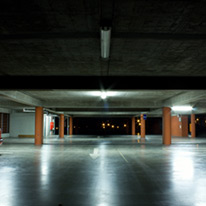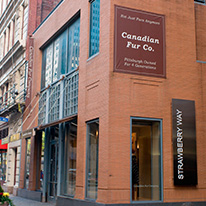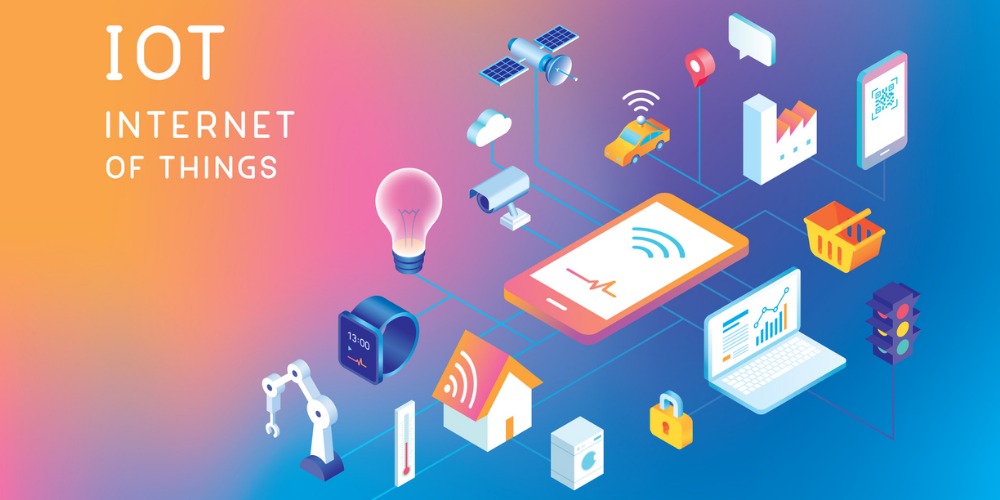This post was originally published on September 1, 2016 and has been updated for accuracy and comprehensiveness.
Many business owners install video surveillance cameras to protect employees, customers and valuable assets from costly threats, such as internal or external theft and fraudulent activity.
Surveillance cameras can reduce crime, but only when strategically placed and installed correctly.
With the impacts of the Coronavirus being felt widespread, video surveillance is more important than ever. If you are reassessing your business’s location strategy, implementing remote work policies or looking to enhance security with video surveillance equipment, consider these tips for proper positioning and setup.
1. Identify Business Security Needs
Businesses must identify potential security threats and vulnerable areas that pose the biggest risks to their company. Some security risks include:
- Inconsistent standard of safety across multi-site businesses.
- Lack of 24/7 surveillance or property blind spots.
- Low visibility at point of sale (POS) locations or other areas containing money or credit card information.
- Neighborhood crime rates.
- Poorly illuminated areas.
- Unsecured entry or exit points.
- More vacant hours due to Coronavirus-related remote work.
No two businesses are the same, so it’s important to identify your unique areas of weakness. Through these identified risks, your team can design a customized surveillance system capable of deterring intruders, all while keeping tabs on employees.
2. Determine Appropriate Placement
Surveillance cameras can provide visual insight, discourage theft and ward off intruders in all areas of your business, such as:
- Burglar targets (e.g., electronics, equipment, sensitive documents and safes).
- Entry points including doors, windows and vents.
- POS.
- Walkways.
If your business plans to implement security cameras, you must be aware of all privacy laws in your state to ensure only authorized areas are monitored. Some rooms to avoid placing cameras include:
- Dressing rooms.
- Exam rooms.
- Hotel rooms.
- Locker rooms.
- Restrooms.
In general, avoid any areas where there is an expectation of privacy. Respect the privacy of your employees and customers, as well as the law, by placing cameras appropriately.
3. Ensure Proper Setup
Opt for professional installation to ensure your equipment and system software are properly installed and will provide optimal protection for your business.
Without professional installation, you run the risk of the following setbacks:
- Improper camera placement. Position cameras in areas with strong Wi-Fi connection and a clear view of the monitored area, avoiding obstructions and bright lights.
- Lack of remote access capabilities. Business owners should have the ability to monitor and control their surveillance system from anywhere, at any time. If only part of your staff is in-office due to COVID-19, remote access is critical to securing your business.
- Lack of visual coverage. Businesses should know how many cameras are required for full coverage of high-risk areas across all locations.
- Weak or no password protection. Password-protect surveillance system access to prevent cyber attackers from disabling cameras. Consider further enhancing login security with multifactor authentication.
- Lack of access control systems. Control who has access to specific locations and keep track of who comes and goes with swipe readers, customized access cards and biometric access controls such as facial identification and voice recognition.
A surveillance system can prevent loss and serve as a valuable asset to your business, but only if it is properly employed. Avoid making costly mistakes by working with a trusted security provider to ensure your surveillance system is well designed, installed and monitored for optimal protection.
For more information on how to properly secure your business with video surveillance equipment, check out our custom business security solutions.



